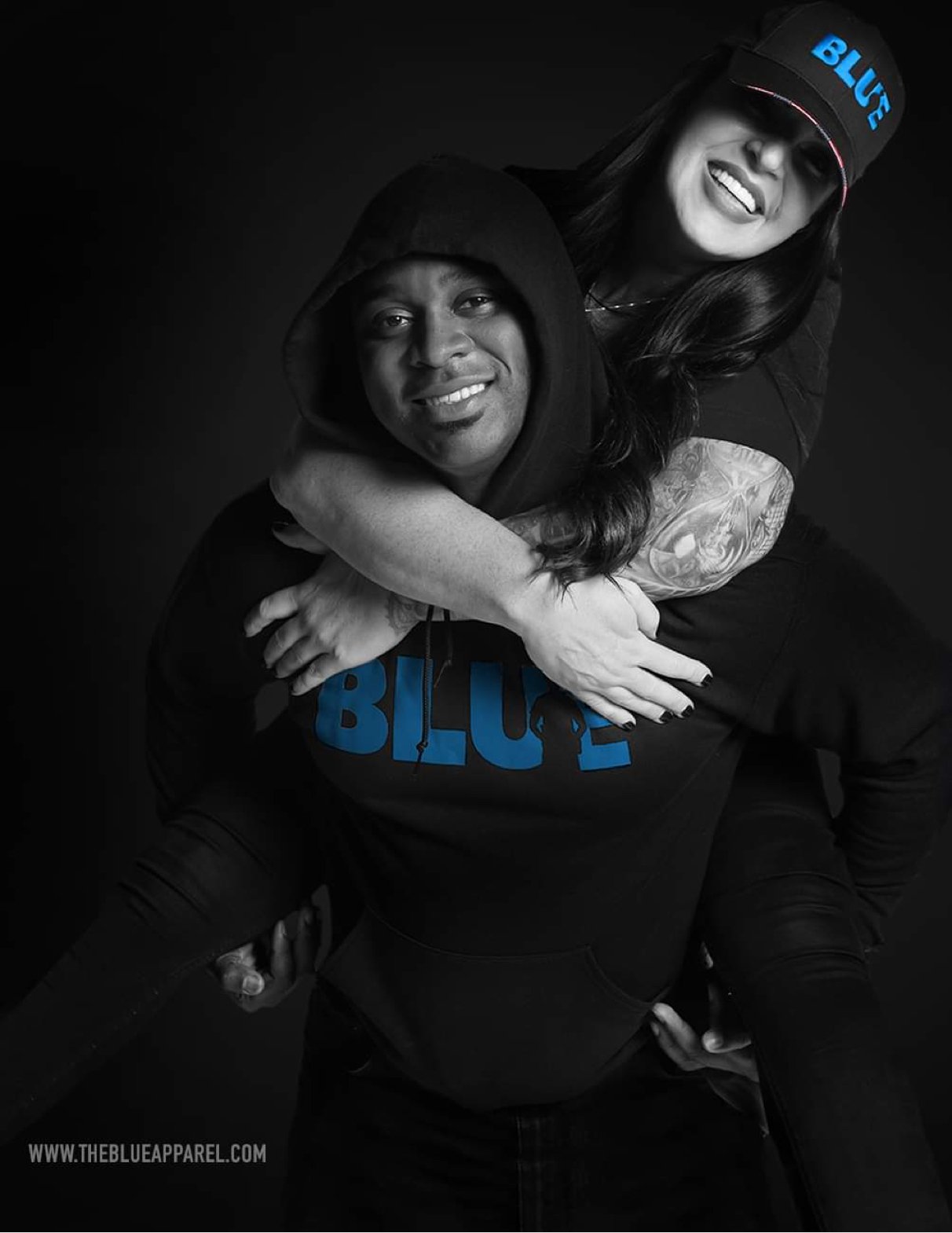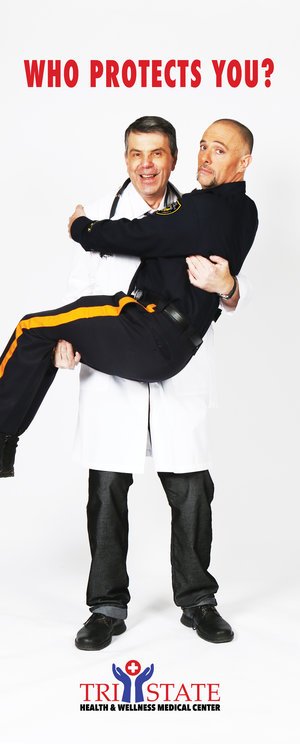Memphis Blues
/I am on the Board of Directors for the Crime Prevention Research Center, a research-based organization that focuses on crime prevention and how anti-gun policies actually contribute to a rise in crime. The director of the research center is John Lott, a Ph.D specializing in economics. He has published numerous peer-reviewed studies on crime and violence. I mention this to give credibility to his findings. They are free of partisan political findings and that is important to where I am going in this column.
Lott recently published a study that shows that 1% of U.S. counties are responsible for 42% percent of America’s murders. Let that sink in. The study points out that these worst 31 counties, the 1%, are mainly urban centers with about one-fifth of the nation’s population and they alone accounted for 42% of the country’s homicides. There is more. Lott’s research shows that the worst 5% of U.S. counties accounted for 73% of all murders in the U.S. And get this finding. A total of 52% of U.S. counties reported zero homicides. Lott used FBI data and relied on public uniform crime reports to crunch the numbers.
It is safe to say that where the homicides are follows other FBI Part 1 categories of crime. Those would be rapes, aggravated assaults (non-fatal shootings), robberies and burglaries. Add to that a heavy occurrence of cultural rot and dysfunction that contributes to black underclass crime, things like ineffective parenting, absent fathers, school failure and questionable lifestyle choices like young people joining gangs and drug and alcohol use. Then lay over that a soft woke criminal justice system and policies like no bail and an over-reliance on probation and parole instead of using jails and prisons to hold crooks accountable that at least temporarily takes them out of circulation. Most of the violent crime occurs in very localized areas of these counties-that being large cities. This also where a heavy police presence occurs and is required. More police, citizen and criminal interaction will naturally occur in order to keep crime and violence in check for safer neighborhoods. That means more traffic stops, more field interview stops and more arrests. More human interaction leads to the potential for more conflict. Much of the police use of force is the result of someone not complying with an officer’s lawful commands.
Now I am going to bring the Memphis Police Department into this along with every other high-profile police use of force incident-Mike Brown, Eric Garner, Freddie Gray and George Floyd. They are all different but there are some common threads to them. First of all, let’s remove the Memphis police incident involving Tyre Nichols out of this but there too there is a variable about Memphis where we can use the city of Memphis in my thesis. If the other cases are anomalies, then the Memphis case is a super anomalies. Maybe we can even include the George Floyd case as a super anomaly. What I mean by that is you cannot use those as a reason to support the police reform movement. Although the Memphis officers are entitled to a presumption of innocence, those cops appeared to be behaving badly and with bad intentions. In the other cases I mentioned, the cops performed according to law and policy.
First of all, it is important to point out that rarely does a police/suspect criminal interaction or arrest end in the use of force and even more rarely does it end in a use of deadly force. However, every time one occurs, the cop-hating crowd yells for police reform and the Democrats yell for passage of the misguided police reform George Floyd bill that is fortunately stalled in Congress. The things contained in the bill and all the other recommendations at the local level will do absolutely nothing to reform policing because it works on the wrong things. Even police executives get it wrong asking for more money for training and equipment. These are not training issues. These recommendations focus solely on police.
No amount of additional training or resources will change anything about policing, although hiring more police would be a better start.
So why does the change that people call for in policing not result in any real change? We just went through this ritual of trying to change the police during the Obama administration. He convened a panel to make recommendations after the police use of force in Ferguson, Missouri, Eric Garner in New York and Freddie Gray in Baltimore. They produced a set of recommendations called 21st Century Reform of Policing, to make policing better. Nothing changed after these police uses of force. And nothing will. In the problem-solving approach there is this thing called the logic model. It asks 3 questions: Are you working hard? Two, are you working smart and 3 (most critical) are you working on the right thing? The reason nothing changes is because in focusing on police, politicians and cop haters are working on the wrong thing according to the logic model. They may be working hard and it’s questionable if they are working smart, but they are definitely working on the wrong thing.
John Lott’s research mentioned previously is exactly what politicians should be working on. The answer to less police use of force is to enact policies that lower crime rates. Memphis and Shelby County is one of the most violent places in America according to a 24/7 Wall Street survey using FBI data. Here is more sobering data about Memphis. In Memphis, residents have a one in 40 chance of being the victim of a violent crime. The national rate is 1 in 148. In Memphis, crimes per square mile are 156. The national average is 26 crimes per square mile. You can take out Memphis and insert any large city in an urban county like Los Angeles, St. Louis, New York, Chicago, Milwaukee and you will find similar data.
Less use of jails and prisons as a crime control tool has increased violent crime in these areas, as has things like no bail policies and an over-reliance on probation and parole. Woke prosecutors not charging career criminals is causing more crime. Urban pathologies like a broken family structure is causing more crime. More crime increases a higher need for police. More police interaction increases the potential for police to have to resort to using force on uncooperative people. The answer is not to retrain police, it is for elected city and county leaders to enact polices that will get crime under control. That is the heavy lifting for them, however, and so it is easier for them to go for the low-hanging fruit of trying to fix the police.
Memo to politicians: For fewer incidents of police use of force, fix the ghetto. It’s the crime, stupid. Leave the police alone.
Sheriff David A. Clarke Jr. is former Sheriff of Milwaukee Co, Wisconsin, President of Americas Sheriff LLC, President of Rise Up Wisconsin INC, Board member of the Crime Research Center, author of the book Cop Under Fire: Beyond Hashtags of Race Crime and Politics for a Better America. To learn more visit www.americassheriff.com









